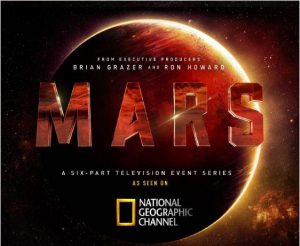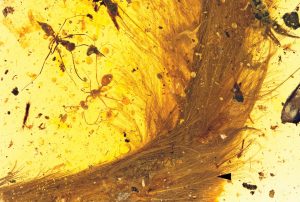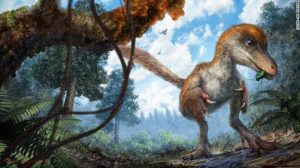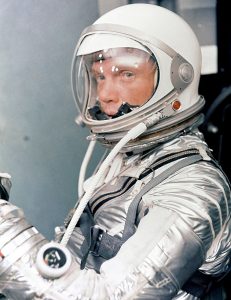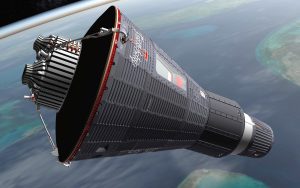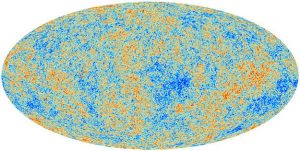To start with “Passengers” is a certainly a visually attractive film, and I don’t just mean Jennifer Lawrence. It’s true, the best part of the film are the special effects and especially the set design. The starship Avalon is the starship you dream of being on.

The biggest problem with this movie is the plot, it’s sooooo slow and so predictable, especially the love story. The movie begins as the starship Avalon is about a third of the way through it’s 120 year journey to the colony Homestead II when the ship has a collision with a rather large asteroid. The ship’s deflector screen prevents the ship from being destroyed but there is some damage, the first instance of which is when passenger Chris Pratt is awoken from hibernation much too early. For the next half an hour we are treated to watching Pratt learn he is the only person awake, watching him try wake up members of the crew and otherwise try to find a way out of his problem as he slowly goes a little crazy. This is the worst part of the film.
The story gets a little better when Jennifer Lawrence wakes up (I’m trying not to give away too much of the plot here). At least now we have two people trying to figure out what they can do. As Jennifer and Chris fall in love and then break up we occasionally are shown small parts of the ship beginning to malfunction as Cleaning robots, visual displays and other systems run into walls or flicker on and off.
Here we have the biggest plot hole in the story. As the failures begin to cascade we are shown the ship’s computer keeping tract of all the breakdowns but for some reason it hasn’t been programmed to wake up any of the crew to fix the bloody problem. At the same time boy engineer Chris is so engrossed in Jennifer he doesn’t notice the accumulating malfunctions. If fact we have to wait for crewman Lawrence Fishburne to be awakened before anybody says “Hey we gotta fix this”!
Now, since three’s a crowd, Fishburne has suffered internal damage during his revival and literally only lives long enough to get Chris and Jennifer off their well exercised butts while giving them his authority to access sections of the ship they hadn’t been able to get into and control the computer systems in ways they’d never been able to. Then he dies leaving Chris and Jennifer to risk their lives saving the ship while falling in love again.
Don’t get me wrong, the movie isn’t bad but it is slow and predictable. As I said earlier the set design does have a real feel of what we imagine a starship passenger liner to be and the story does take the effort to think about why people would ever consider leaping 120 years into the future to begin a completely new life on a new world but hey, isn’t that kinda just the story of our country.
I guess if you like Chris Pratt or Jennifer Lawrence, or if you really like starships you’re like “Passengers” otherwise this movie will probably leave you feeling a little flat.

